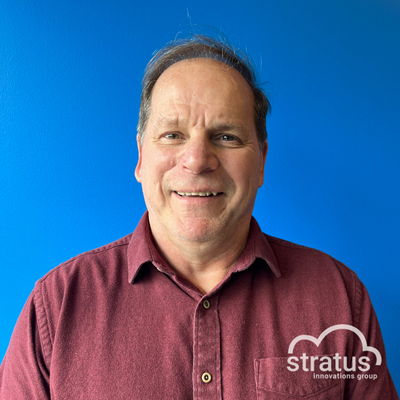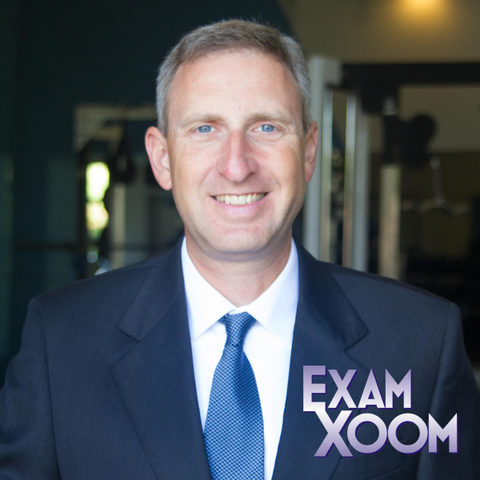When it comes to professional relationships, most would argue that more is better. After all, ten great contacts would seem to be better than five, right?
However, at some point, too many relationships start to be a cumbersome burden, sort of diminishing returns.
Both these notions are accurate. So, when it comes to relationships, the question becomes at what point is enough, enough? According to British anthropologist and evolutionary psychologist Robin Dunbar, the answer is 150. This is the optimal number of relationships that a human can effectively maintain.
Dunbar arrived at this number in 1992 when he theorized that there was a correlation between the average size of a primate species’ neocortex and the average size of the cluster or group in which they interrelate. He set out to prove this theory by determining the approximate size of each primate species’ neocortex (including humans), then observed the approximate group size in which each species clustered.
He found that the larger the neocortex of a particular primate species, the larger the group in which they tended to cluster.
Dunbar had found a correlation, and with that correlation ratio and an understanding of the approximate size of the human neocortex, he determined that Homo sapiens had an estimated group size of 147.8 (rounding up to 150).
It is important to note that Dunbar’s Number is not a hard limit. That is, your neocortex does not strictly prevent you from having a 151st relationship. It simply becomes more challenged and less effective at keeping track of and processing the various relationships.
You might think that because we are in the 21st century, Dunbar’s Number is obsolete. After all, since his 1992 study, we have seen an explosion of connectiveness via social media. Surely, that has expanded our ability to relate to other humans.
Not so. In 2011, researchers at Indiana University, examining millions upon millions of Twitter posts amongst 1.7 million Twitter users concluded that, despite computer power, Dunbar’s Number still holds. You might have hundreds or even thousands of Twitter followers or Facebook friends, but you can only effectively maintain 150 relationships.
Now, clearly, we all know several hundred, if not several thousand people. If we can only effectively maintain relationships with 150 of them, how do we decide which 150 people to include in our network? Let’s look at a bit more information from Dunbar’s study.
In calculating relationships, note that each additional person in your network is not just one more relationship. As the number of contacts rises, the number of relationships to keep track of grows exponentially. If you only have one person in your network, there is only one relationship to track – you and the other person. If you have two people in your network, there are three relationships to track – you with each of the other two people plus the relationship between those two. If you have 20 people in your network, there are 190 relationships to track – 19 involving you and 171 involving the rest of the group.
And there’s one more element to consider in this puzzle of group size and relationships – interrelation among group members. Let’s look at two extremes.
If you have a network of 150 people where everyone interrelates (i.e., knows each other), you have 11,325 total potential relationships. If, however, you have a network of 150 people where no one interrelates (i.e., no one in your network knows anyone else in your network) then your total potential relationships are only 150.
Both of these examples are extremely unlikely, but they do illustrate the range of possible relationships depending on the interconnectivity of members of the group.
Your network does not resemble either extreme. Rather, your life has naturally organized your network into diverse clusters of smaller numbers of people. Assume your network is comprised of 10 different clusters of 15 members each – a family cluster, a work cluster, a golf league, a mastermind group, a group through church, and 10 other similar groups.
Among the 15 members of each cluster, there are only 135 total potential relationships. Therefore, the total number of potential relationships you have among all clusters (your network) is only 1,350 – approximately 12% of the 11,325 possible in the earlier example where everyone knows everyone.
With this arrangement, your network configuration is less taxing on your neocortex (while still maintaining 150 relationships). While such a neat and tidy scenario (10 groups of 15) is not likely, the general premise behind the concept is plausible. By intentionally working to create and maintain relationship clusters that are diverse and have minimal crossover, you become more effective.
In applying this science to your networking, understand that every relationship you have is an investment of both neocortex processing energy and time. Thus, you need to be judicious as to who you choose to have (and keep) in your relational network.
For every person in your network, ask yourself, “What’s the ROI if I maintain a relationship with this person?” Just like your stock portfolio, you hang on to top performers and dump the underperformers.
Also, don’t add relationships where they are not necessary. You don’t need to have a relationship with everyone in a cluster (whether that cluster is a team, an organization, or a company). You only need to have a relationship with the person who has an influential relationship with the cluster.
Finally, keep Dunbar’s Number in mind as you venture out to networking events. Who do you want/need to add to your network to increase diversity and minimize crossover? This will keep your network tight and productive, increasing the ROI on your networking efforts.






